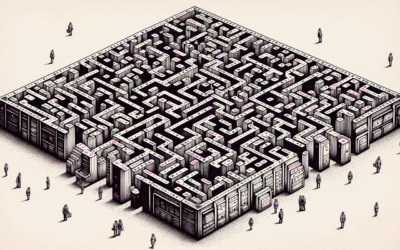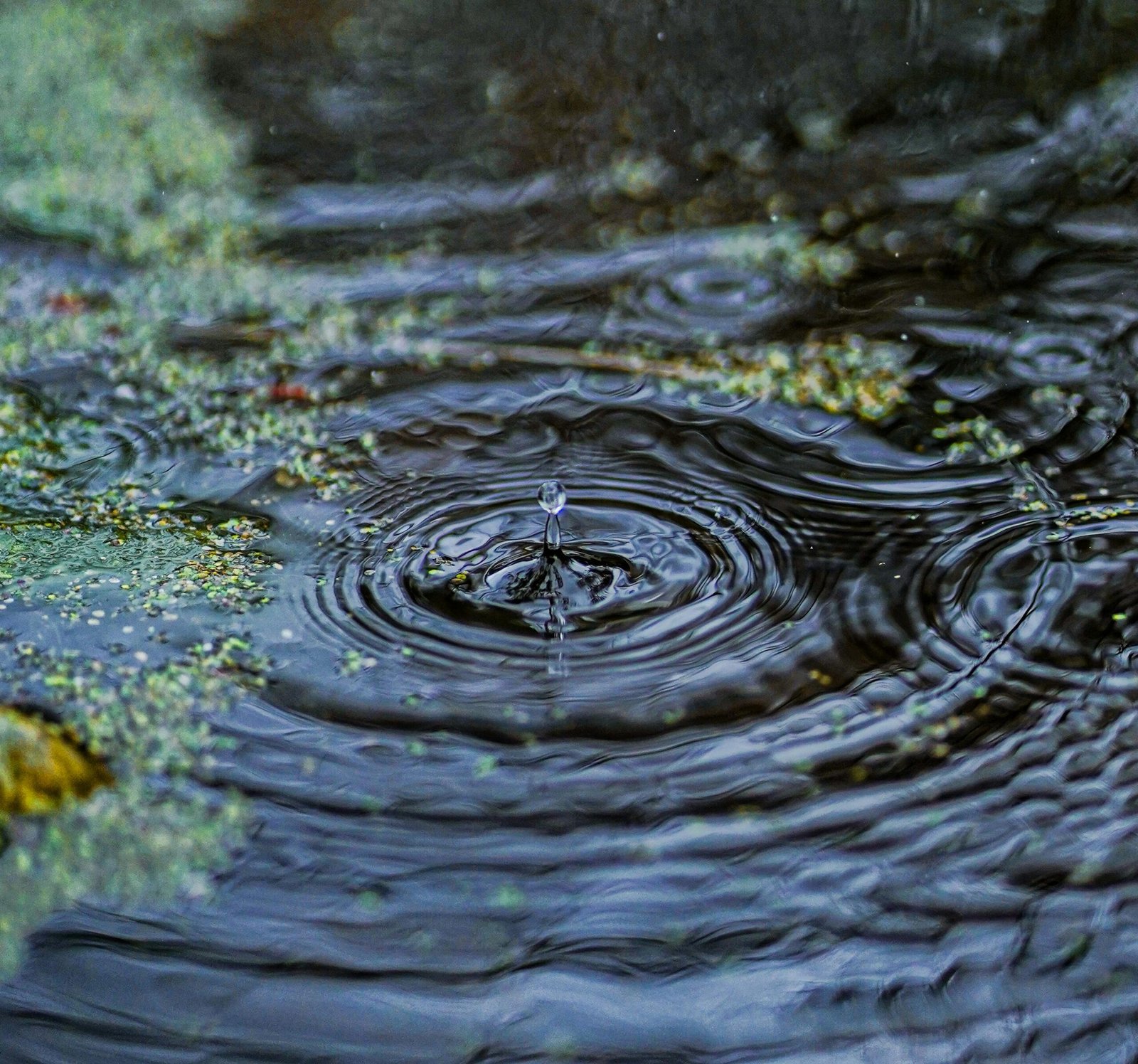

The Global Water Crisis:

The Global Water Crisis: A Call to Action
Introduction
Water is the most vital resource for sustaining life on Earth. It covers about 71% of the planet’s surface, yet only a small fraction of this water is accessible for human use. While the world is facing a severe and escalating water crisis, the irony is that humans continue to waste this precious resource in alarming amounts. This article delves into the global water scarcity problem, the causes behind it, the amount of water wasted, and the consequences of such mismanagement. Finally, it will provide potential solutions to reduce water wastage and promote sustainable water management.
—
The Reality of Global Water Scarcity
Water scarcity is not just an issue for arid or desert regions; it is a global challenge affecting billions of people. According to the United Nations, nearly 2.2 billion people lack access to safe drinking water, and by 2025, half of the world’s population could be living in water-stressed areas.
There are two types of water scarcity: physical scarcity and economic scarcity. Physical scarcity occurs when natural water resources are insufficient to meet human and environmental demands. This is particularly problematic in areas experiencing prolonged droughts or rapid population growth. Economic scarcity, on the other hand, arises when water is available, but poor infrastructure or lack of investments prevents people from accessing it.
Statistics that Highlight the Extent of Water Scarcity
The numbers surrounding water scarcity are staggering. The World Health Organization (WHO) estimates that about 785 million people do not have even a basic drinking-water service. The problem is not limited to underdeveloped regions; even developed nations like the United States and parts of Europe have faced water shortages in recent years.
Agriculture is responsible for approximately 70% of global freshwater withdrawals, with the remainder split between industry and domestic use. This high demand is placing unprecedented pressure on the available water resources, and overuse is depleting aquifers, rivers, and lakes faster than they can be replenished.
In many regions, particularly in sub-Saharan Africa, women and children are responsible for fetching water, often walking miles each day to collect water from unsafe sources. This not only limits their educational and economic opportunities but also exacerbates the cycle of poverty.
—
Causes of Global Water Scarcity
Several factors contribute to the growing water crisis:
1. Population Growth: As the global population increases, so does the demand for freshwater. The world’s population is expected to reach nearly 10 billion by 2050, further straining already limited water resources.
2. Climate Change: Changes in climate patterns are leading to more severe and prolonged droughts in many regions, reducing the availability of water. Glaciers and snowpacks, which provide water to millions of people, are shrinking due to rising global temperatures.
3. Urbanization: Rapid urbanization and industrialization are contributing to increased water demand, especially in developing countries. Many cities are expanding at such a fast rate that water infrastructure cannot keep pace, leading to severe shortages and contamination.
4. Pollution: Water pollution is another critical factor exacerbating water scarcity. Industrial runoff, agricultural pesticides, and untreated sewage are contaminating freshwater sources, making them unsafe for human consumption.
—
The Tragedy of Water Waste
While billions of people struggle with water scarcity, millions of gallons of water are wasted every day due to human negligence. The global issue of water waste is as much a concern as water scarcity itself. Understanding how water is wasted can provide insight into how we can better manage this precious resource.
1. Household Waste: In developed countries, the average person uses between 80 to 100 gallons of water per day, much of which is wasted. A large portion is wasted through inefficient appliances, leaky faucets, overuse of water in gardening, and long showers. Studies suggest that nearly 50% of all water used in households is unnecessarily wasted.
2. Agricultural Waste: Agriculture is the largest consumer of freshwater globally, and yet it is also the sector where the most water is wasted. Traditional irrigation methods like flood irrigation result in a significant amount of water being lost to evaporation and runoff. Furthermore, the mismanagement of water resources in agriculture has led to salinization of soils, reducing their productivity and contributing to water scarcity.
3. Industrial Waste: The industrial sector is another major contributor to water wastage. Industries such as textiles, paper, chemicals, and food processing consume vast amounts of water, much of which is contaminated and then discharged into water bodies without proper treatment.
4. Infrastructure Leaks: Poor water infrastructure is responsible for a significant amount of water loss. In many cities around the world, aging pipes and faulty distribution systems lead to leaks that waste millions of liters of water daily. Some estimates suggest that up to 30% of water in cities is lost due to leaking pipes.
—
Consequences of Wasting Water
Water wastage has far-reaching consequences that extend beyond just the immediate depletion of water resources.
1. Environmental Degradation: Wasting water leads to the over-extraction of natural water sources, which disrupts ecosystems. Rivers and lakes that are over-exploited may dry up, leading to the destruction of habitats and loss of biodiversity.
2. Increased Energy Use: Pumping, treating, and distributing water requires a significant amount of energy. The more water that is wasted, the more energy is needed to replace it, which in turn contributes to higher greenhouse gas emissions and exacerbates climate change.
3. Food Insecurity: Water is crucial for agriculture, and wasting it means less water is available for growing crops. This can lead to reduced food production, higher food prices, and greater food insecurity, particularly in developing countries.
4. Economic Impact: The economic cost of water wastage is substantial. Not only does it increase the cost of water supply and infrastructure maintenance, but it also affects industries like agriculture, manufacturing, and tourism, all of which rely heavily on water availability.
—
Solutions for Reducing Water Wastage
Reducing water wastage requires collective efforts from individuals, industries, and governments. There are several strategies that can be implemented to address the water waste crisis:
1. Water Conservation at Home: Simple actions such as fixing leaky faucets, using water-efficient appliances, and adopting water-saving habits like shorter showers can significantly reduce household water waste.
2. Improved Agricultural Practices: The adoption of modern irrigation techniques such as drip irrigation and precision farming can drastically reduce the amount of water used in agriculture. These methods deliver water directly to the plant roots, minimizing evaporation and runoff.
3. Efficient Industrial Water Use: Industries can reduce water waste by implementing water recycling systems, where wastewater is treated and reused in industrial processes. This not only reduces water consumption but also lowers the amount of polluted water discharged into the environment.
4. Upgrading Infrastructure: Governments need to invest in upgrading aging water infrastructure to reduce leaks and improve water distribution efficiency. This includes installing smart meters to detect leaks early and promoting the use of rainwater harvesting systems in urban areas.
5. Education and Awareness: Raising public awareness about the importance of water conservation is crucial. Educational campaigns can encourage people to adopt water-saving habits and inform them about the impact of water waste on the environment and economy.
6. Policy and Regulation: Governments must enforce stricter regulations on water use and pollution, particularly in industries and agriculture. This includes setting limits on water withdrawal, imposing penalties for excessive water wastage, and promoting the use of water-efficient technologies.
—
Conclusion
The global water crisis is one of the most pressing challenges of our time. With billions of people lacking access to clean water and millions of gallons wasted daily, the need for sustainable water management has never been more critical. By addressing the root causes of water scarcity and waste, and implementing innovative solutions, we can ensure that future generations have access to this precious resource. The time for action is now – before the world’s taps run dry.


















Nice information